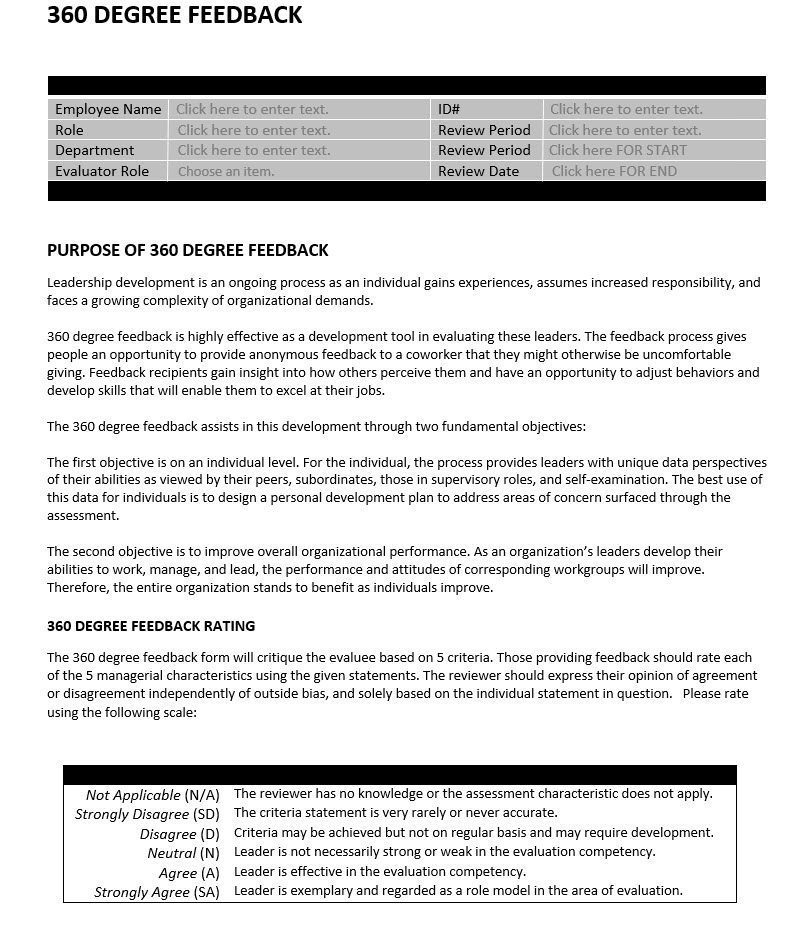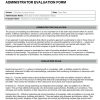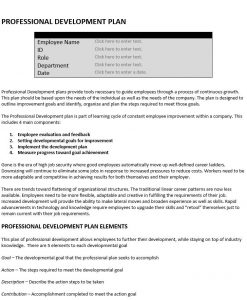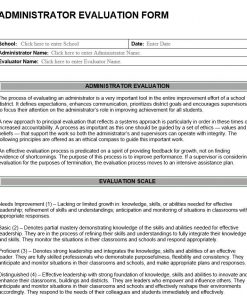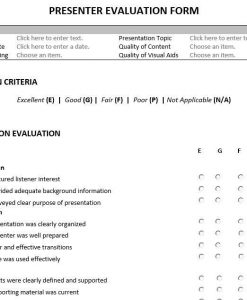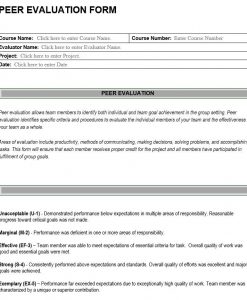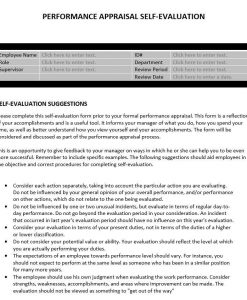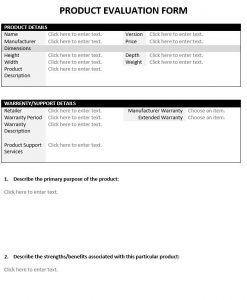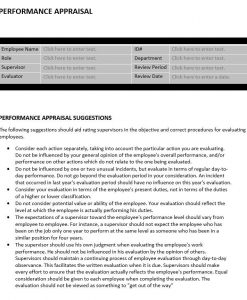360 Degree Feedback
$10.00
360-Degree Feedback Form provides employees with various insights on their work performance through detailed feedback from managers, colleagues, and subordinates providing a versatile but constructive look at performance.
360 Degree Feedback Form, or multi-rater feedback, was used by 90% of Fortune 500 companies. It is generally believed to be a highly effective performance evaluation tool. 360 degree feedback is an evaluation method that incorporates feedback from the worker, peers, superiors, subordinates, and customers. Results of these confidential surveys are tabulated and shared with the worker, usually by a manager. Interpretation of the results, trends and themes are discussed as part of the feedback. The primary reason to use this full circle of confidential reviews is to provide the worker with information about his/her performance from multiple perspectives. From this feedback, the worker is able to set goals for self-development which will advance their career and benefit the organization. With 360 degree feedback, the worker is central to the evaluation process and the ultimate goal is to improve individual performance within the organization. Under ideal circumstances, 360 degree feedback is used as an assessment for personal development rather than evaluation.
360 Degree Feedback Form: Attributes for Success
Organizations who experience success with the 360 degree feedback methods have many environmental attributes present. Some of these are:
- Organizational climate fosters individual growth
- Criticisms are seen as opportunities for improvement
- Proper framing of feedback method by management
- Assurance that feedback will be kept confidential
- Development of feedback tool based on organizational goals and values
- Feedback tool includes area for comments
- Brief workers, evaluators and supervisors about purpose, uses of data and methods of survey prior to distribution of tool
- Train workers in appropriate methods to give and receive feedback
- Support feedback with back-up services or customized coaching
The popularity of 360 degree feedback is undeniable. Yet, the perceived benefits will help the personal development of workers only in the right organizational climate. When this method is utilized in the wrong environment, the results can be detrimental. With close consideration and evaluation of the environment, the decision to employ this tool, or another, should be made carefully.
Related products
Business
Academic
Business
Academic
Business
Business

